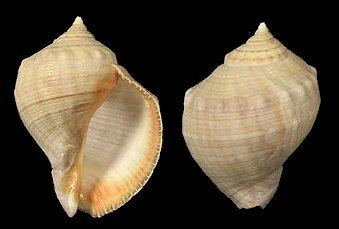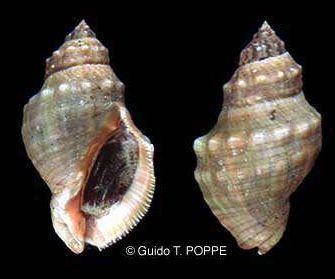Phylum Mollusca Rank Species | Superfamily Muricoidea Scientific name Stramonita haemastoma Higher classification Stramonita | |
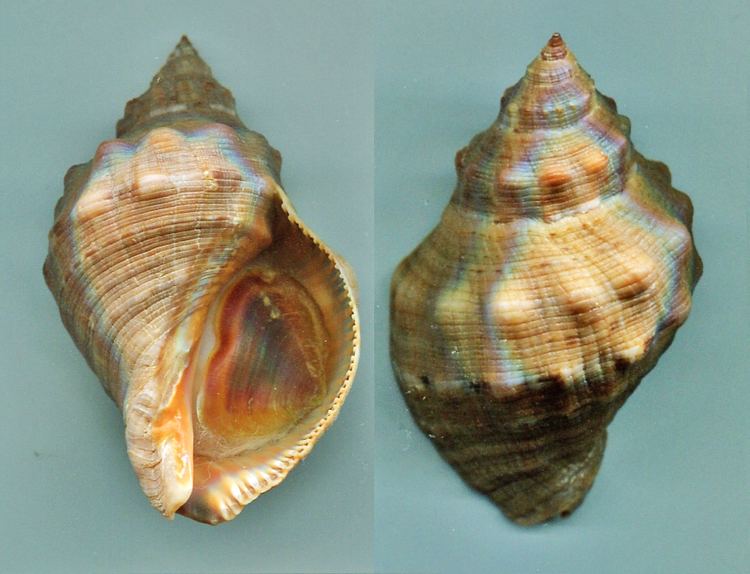 | ||
Similar Stramonita, Molluscs, Gastropods, Thais, Muricidae | ||
Time lapse of southern oyster drills stramonita haemastoma preying on oyster clusters
Stramonita haemastoma, common name the red-mouthed rock shell or the Florida dog winkle, is a species of predatory sea snail, a marine gastropod mollusc in the family Muricidae, the rock snails.
Contents
- Time lapse of southern oyster drills stramonita haemastoma preying on oyster clusters
- Veliger stramonita haemastoma
- Description
- Distribution and Biology
- Subspecies
- In human culture
- References
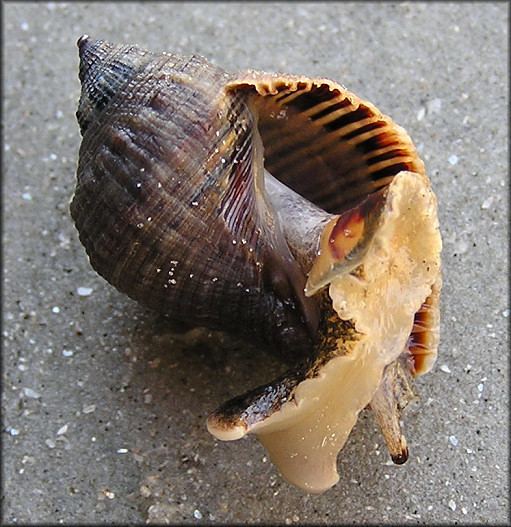
Veliger stramonita haemastoma
Description
The adult shell size for this species varies between 22 mm and 120 mm.
Distribution and Biology
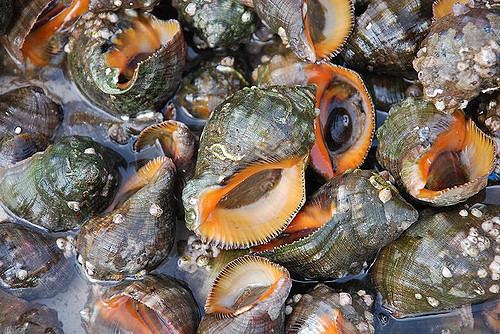
The red-mouthed rock shell occurs widely in tropical and warm water areas of the Western Atlantic Ocean. Regions where it can be found include the Caribbean Sea, North Carolina and Florida, Bermuda and the entire Brazilian coast, including the islands of Abrolhos and Fernando de Noronha. It is also found in the Eastern Atlantic: tropical Western Africa and Southwestern Africa, including Cape Verde and Angola, and in European waters, including Macaronesian Islands, the Mediterranean Sea and the southwest coast of Apulia. Canary Islands. Its once abundant population in the Eastern Mediterranean collapsed early in the 21st century and had entirely disappeared by 2016. Stramonita haemastoma is a widespread gastropod that consumes bivalves, barnacles and limpets.In the Mediterranean Sea the whelk is an important predator of M. minimus, but where the invasive Lessepsian migrant Brachidontes pharaonis is found, the whelk prefers to prey on that species over the native bivalves and barnacles. Through feeding behaviors such as attacking the margin or lip of shells where defenses are weakest, Stramonita haemastoma insert its proboscid between the valves injecting proteolytic enzymes and a toxin that causes bivalves to gape.
Subspecies
Stramonita haemastoma contains the following subspecies:
In human culture
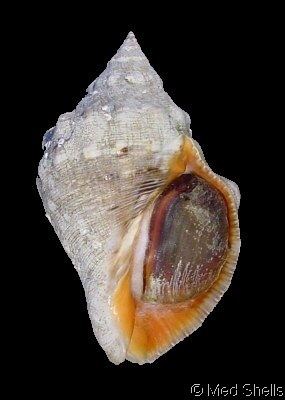
The shell was one of two principal sources of Tyrian purple, a highly-prized dye used in classical times for the clothing of royalty, as recorded by Aristotle and Pliny the Elder. The gastropod is currently harvested for human consumption in many mediterranean counties.
